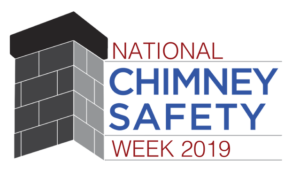Fall Leaves – Keep Them Out of Your Chimney!
As temperatures across the country finally drop, leaves are turning and falling little by little. Make sure these leaves aren’t falling into your chimney and clogging it up. One of the best times of the year for your fireplace may also be the worst if you have a flammable obstruction in your flue. Leaves and other organic materials can be a dangerous hazard if your chimney isn’t capped. Call a chimney expert now to make sure your flue opening is protected with a cap.
Protection from the Top Down
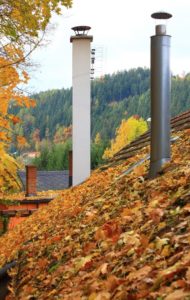 Without a chimney cap, your flue opening is left wide open so that anything can fall or climb right into it. If you have trees hanging above your house, the leaves and limbs can fall directly into your flue, obstructing airflow and leading to serious fire hazards. The cap also protects your chimney from other hazards.
Without a chimney cap, your flue opening is left wide open so that anything can fall or climb right into it. If you have trees hanging above your house, the leaves and limbs can fall directly into your flue, obstructing airflow and leading to serious fire hazards. The cap also protects your chimney from other hazards.
- Chimney Caps Keep Water Out
Your chimney is susceptible to all types of weather if it’s left uncapped. Precipitation can enter year-round, leading to serious water damage whether it’s spring showers, summer storms, winter snow and ice, and more. Protect your chimney system against costly damage by protecting it against water damage with a cap. - Chimney Caps Keep Other Weather Out
Your fire may be affected by wind if it isn’t capped. If you live in an area of high wind, you can have a special cap installed that moves with the wind instead of allowing it to blow into the flue. This prevents gusts from affecting your flame while a fire is lit and prevents drafts from affecting your central air and heating. - Chimney Caps Keep Animals Out
Animals don’t just become a bother in the spring. They can enter your chimney in winter too! If the flue is uncapped, anything can get into it that can get onto your roof—birds, chipmunks, squirrels, and even raccoons. Keeps critters from damaging your chimney, leaving debris behind them, and even dying and becoming an obstruction. - Chimney Caps Keep Sparks In
When your fire burns hot, sparks may rise up the flue and even out the chimney still alight. These sparks can go on to ignite debris on the roof or even dry grasses and brush on the ground. A chimney cap is equipped with a spark suppressant that sends it straight back down the flue.
Don’t light your fire in a dangerous chimney this fall! This is the time for your fireplace to shine, and it can all be ruined when the chimney isn’t capped.
Prevent serious fire hazards by calling the chimney experts at Billy Sweet Chimney Sweep today. Prevent water damage, weather interference, and animal intrusion by trusting the professionals this fall. If you’re not certain that your chimney isn’t free of damage or debris this fall, schedule a chimney sweep or inspection today.
Call 617-469-4528 today or schedule an appointment online.
The post Fall Leaves – Keep Them Out of Your Chimney! appeared first on Billy Sweet Chimney Sweep.

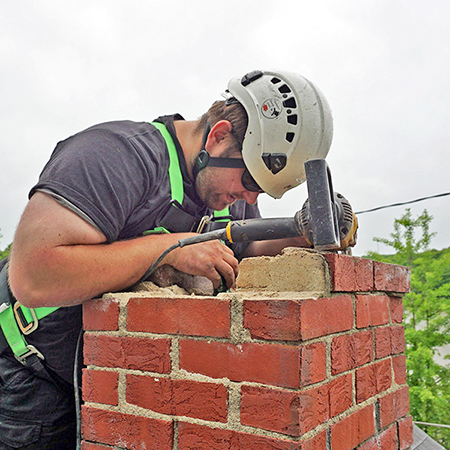 Now that summer is over and we start moving toward the cold season, make sure to add
Now that summer is over and we start moving toward the cold season, make sure to add 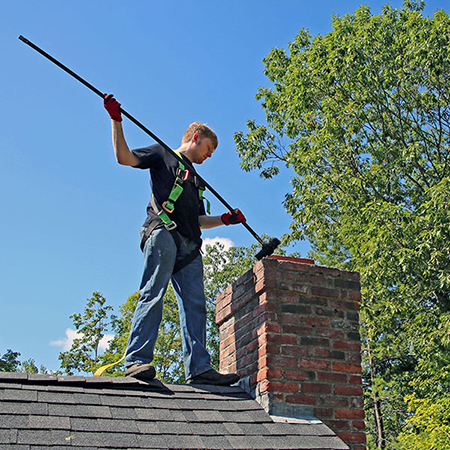 If you notice any of the following, don’t wait for your annual chimney inspection. Call your chimney sweep company right away.
If you notice any of the following, don’t wait for your annual chimney inspection. Call your chimney sweep company right away.
 Nothing beats a
Nothing beats a  Hardwoods such as alder, beech, hickory and maple are denser and burn longer and hotter than softwoods like cedar, juniper, pine and redwood. If you want a shorter, less-intense fire, go with softwoods. For longer-lasting, heat-heavy fires, hardwoods are ideal.
Hardwoods such as alder, beech, hickory and maple are denser and burn longer and hotter than softwoods like cedar, juniper, pine and redwood. If you want a shorter, less-intense fire, go with softwoods. For longer-lasting, heat-heavy fires, hardwoods are ideal.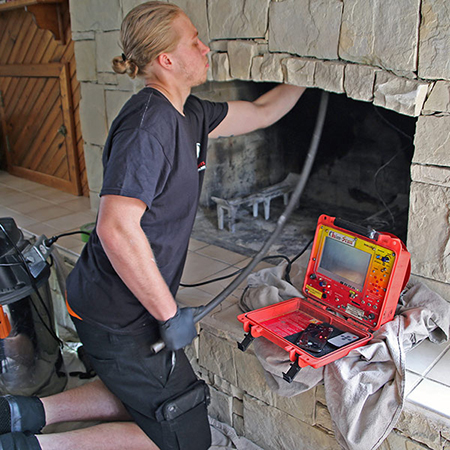 Is your fireplace safe to operate? There is no way to know for sure without a
Is your fireplace safe to operate? There is no way to know for sure without a 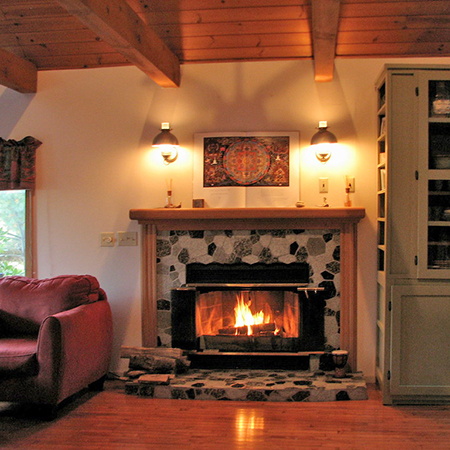 An easy and safe way to start the fire is to stack your logs in the fireplace. Add your kindling on the top layer of the logs. For kindling, use old newspapers, or dry twigs. You can also use some scraps of soft wood pieces like cedar, fir, or pine. Strike a good quality fireplace match to light the kindling. You should never use chemical fire accelerants to jump-start your logs. The fumes in flammable liquids such as gasoline, lighter fluid, and kerosene can ignite combustible materials surrounding your fireplace.
An easy and safe way to start the fire is to stack your logs in the fireplace. Add your kindling on the top layer of the logs. For kindling, use old newspapers, or dry twigs. You can also use some scraps of soft wood pieces like cedar, fir, or pine. Strike a good quality fireplace match to light the kindling. You should never use chemical fire accelerants to jump-start your logs. The fumes in flammable liquids such as gasoline, lighter fluid, and kerosene can ignite combustible materials surrounding your fireplace.